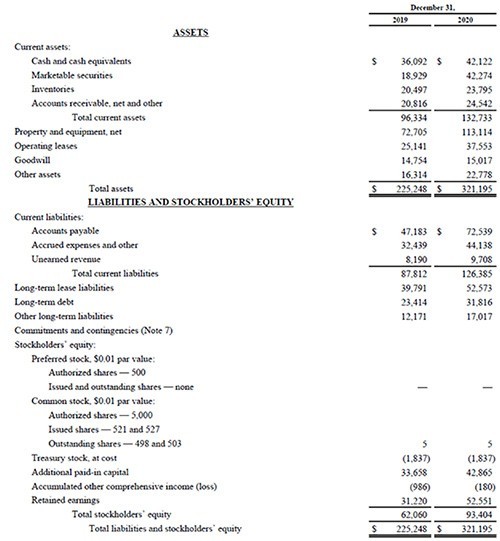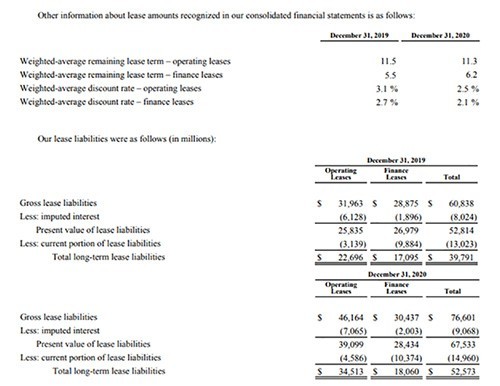Every business can be an innovator, and the research tax credit is a way to reward that innovation. If you own a small business or start-up, the tax break has an intriguing feature related to payroll taxes.
Essentially, this tax break allows a business to reduce its federal and state income taxes by a percentage of eligible expenses incurred for qualified R&D activities. The rules are complex and the administrative burden substantial, but the result can be worth the effort.
What’s more, if yours is a smaller business or a start-up, you have an additional reason to consider the research credit. Subject to limits, you may be able to elect to apply all or some of any research tax credits that you earn against your payroll taxes instead of your income taxes.
Who needs it?
Newer companies might take a few years to turn a profit. Even established smaller ones can hit tough years when they finish at a loss and, thus, don’t incur income taxes. In those cases, there’s no amount against which business tax credits, such as the research credit, can be applied.
On the other hand, a wage-paying business — even a new or struggling one — has payroll tax liabilities. The payroll tax election is thereby an opportunity to immediately use the research credit. Since every dollar of credit-eligible expenditure may result in as much as a 10-cent tax credit, the election offers big help to companies that might need relief on the payroll side of taxes rather than the income side.
How can you qualify?
To qualify for the payroll tax election, a taxpayer must have gross receipts for the election year of less than $5 million and be no more than five years past the period for which it had no receipts (the start-up period).
In making these determinations, the only gross receipts that an individual taxpayer may take into account are those from the business. Items such as salary, investment income, or other income aren’t taken into account. Also, note that neither an entity nor an individual can make the election for more than six years in a row.
What are the limits?
Research credits for which a taxpayer makes the payroll tax election can be applied only against the employer’s Old Age, Survivors and Disability Insurance liability — the “OASDI” or Social Security portion of FICA taxes. That means you can’t use the election to lower:
- Your company’s liability for the Medicare portion of FICA taxes
- Any FICA taxes that you withhold and remit to the government on behalf of employees
The amount of research credit for which the election can be made can’t annually exceed $250,000. Also note that an individual or C corporation can make the election only for those research credits which, in the absence of an election, would have to be carried forward. In other words, a C corporation can’t make the election for research credits that the taxpayer can use to reduce current or past income tax liabilities.
Who can help?
As you can see, opting for the payroll tax election — not to mention claiming the research credit itself — isn’t exactly a simple affair. For savvy business owners looking to expertly manage their payroll and income taxes, it’s an opportunity well worth exploring. Contact your tax advisor at KraftCPAs to help assess whether you qualify for the research credit and payroll tax election and, if so, identify and substantiate the expenses eligible for the tax break.
© 2023 KraftCPAs PLLC













